“Bad Boys: Ride or Die” DP Robrecht Heyvaert on Creating the Ride of a Lifetime
In the fourth time around for Will Smith and Martin Lawrence’s wise-cracking Miami detectives, Bad Boys: Ride or Die, now in theaters, earns its summer popcorn movie bonafides with loads of goofy banter and antic action sequences. Helmed by Belgian-Moroccan directors Adil El Arbi and Bilall Fallah. Ride or Die follows Mike Lowery [Smith] and Marcus Lawrence [Lawrence] as they do battle with a sadistic criminal mastermind named McGrath (Eric Dane) and corrupt cops.
As always, cinematographer Robrecht Heyvaert helps Arbi and Fallah bring the story to life. He’s shot every one of their movies since the trio first met as teenagers at a film school in Brussels. “We know each other very well,” says Heyvaert. “I can tell in three seconds, just from a look or a hand motion, what they want. Then it’s up to me to explain that to the rest of the gang, which potentially might be 50 crew members.”
Speaking from the London area, where he’s prepping a new movie, the Brussels-based cinematographer discusses using nonstop camera movement to capture Ride or Die in all its eye-popping, trash-talking glory.
Building on the hyper-kinetic style originated by Michael Bay back in 1995, the camera never stops moving in Ride or Die. Literally, cameras move from side to side every moment of screen time, circling around the actors, going in close, or pulling back. How did you arrive at this dynamic approach to camera movement?
The original tagline during pre-production, I think, was “Bad Boys: On the Run.” The idea embedded in the story is that Will and Martin are always on the move, so the camera should always be on the move as well, without it feeling weird or wrong. In most cases, the camera movement goes hand in hand with the blocking, characters going from A to B to C to D, wherever. On top of that, we have a lot of push-ins or pull-outs to emphasize the drama or the spectacle. And more than the previous one, Bad Boys for Life, there’s way more handheld here, for dialogue and even action [scenes]. We thought it would be fun for a blockbuster of this size to go down and dirty, take the camera in hand, move it around, and get close to people’s faces.
The bright color palette contributes to Ride or Die‘s high-energy feel in the spirit of Michael Mann’s Miami Vice. What colors did you want to accentuate for Ride or Die?
Looking at contemporary Miami, the colors that most attracted us were the bright pinks and blues. In the night shots, we really pushed the envelope on the pink. In fact, I think pink might be my favorite color now. On shooting days, it’s the low golden sun that you see almost every day in Miami, especially during the golden hour.
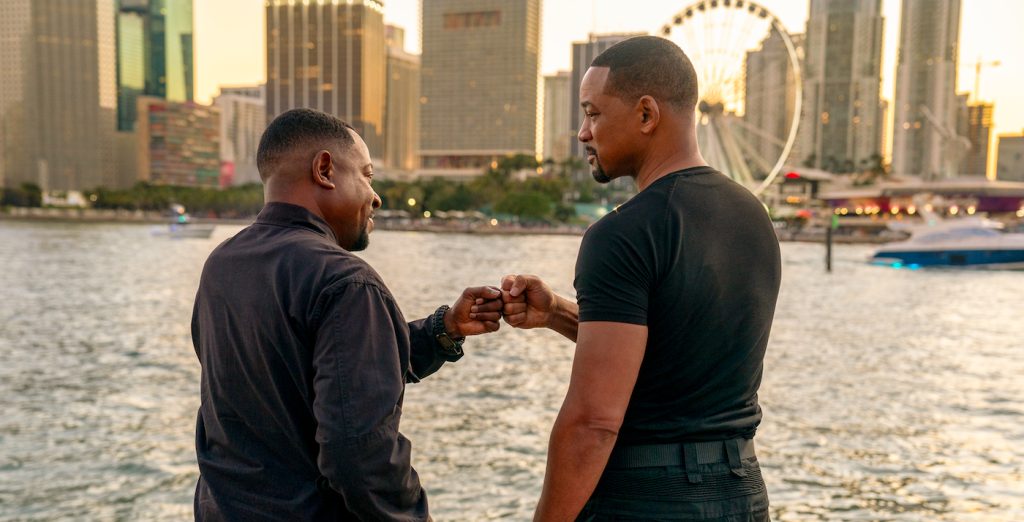
What were some of your references cinematically?
For this movie, where we push everything slightly further than reality, we were inspired by classic eighties and nineties cinema, like Tony Scott movies [Top Gun and True Romance], which always have this golden sun with strong backlight and high contrast usually combined with long focal [lenses]. We really embraced that golden feel. In short, I would say our credo was neon-soaked nights and golden sun days.
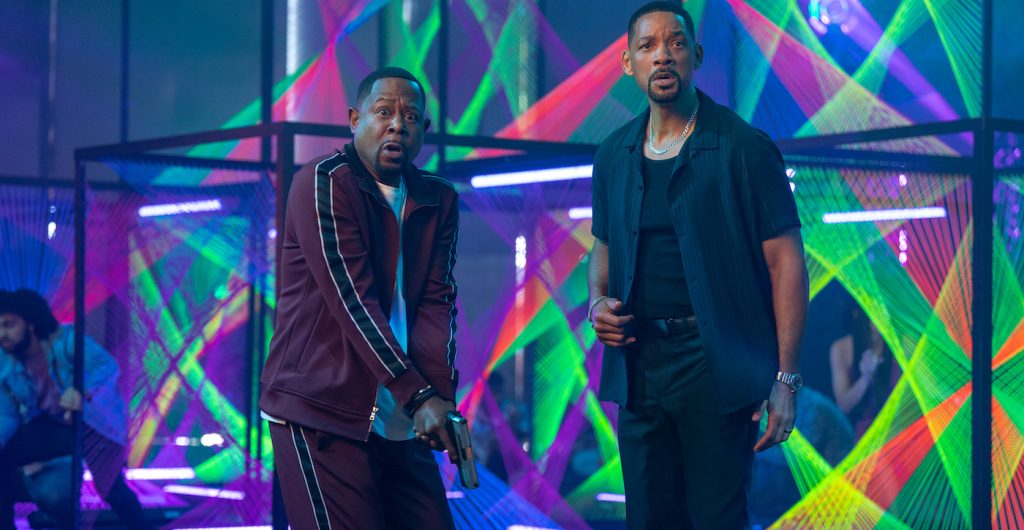
What kind of gear did you use to capture all that color and movement?
The main cameras were Alexa 35 and Sony Venice. We combined those modern digital cameras with Panavision G series cameras. They’re lightweight and perfect for handheld action scenes but also give you that classic anamorphic feel with the wide-angle perspective.
What about lenses?
Working with Panavision, we adjusted the lenses and all the other optics so that when you get a streak of light that would normally be a horizontal blue line, in Bad Boys every streak line is pink. Panavision did a great job tweaking the coating on the lens glass so we could really embrace the pink.
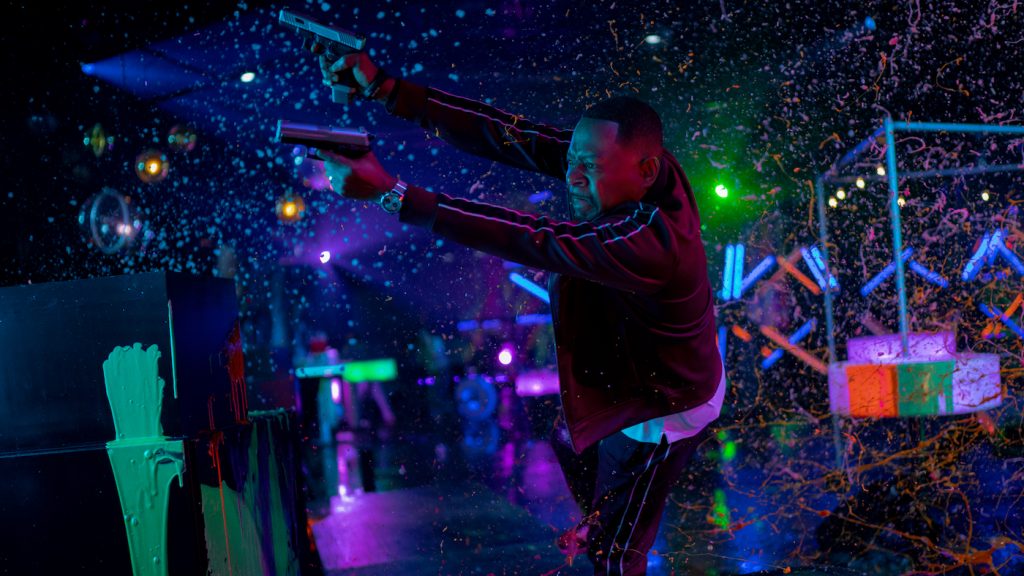
You also used something called the SnorriCam, which was invented by a couple of guys from Iceland who call themselves the Snorri Brothers. How does it work?
You have the actor wear a harness with a camera attached. The first time I heard about SnorriCam was in Darren Aronofsky’s Requiem for a Dream. In Ride or Die, we pushed it a step further and adjusted the rig in such a way that we could go from a frontal shot of an actor and then the camera swings around so you’re really [seeing things] in their point of view, almost like video game. It took some physical strength because the rig is quite heavy, about thirty pounds, Will and Martin pulled it off.
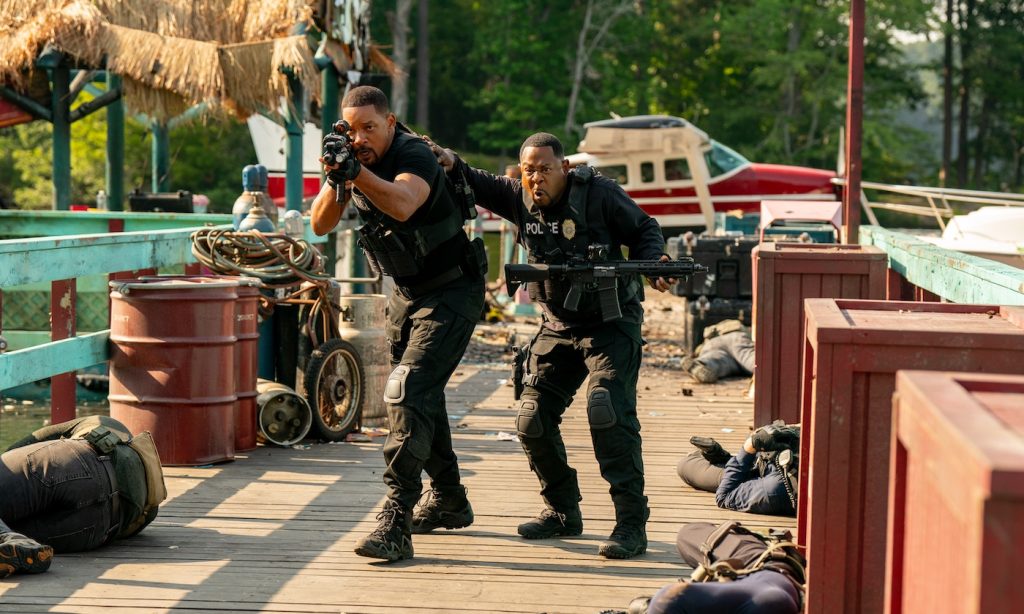
When do your SnorriCam shots show up in the movie?
In the final piece, when Will and Martin’s characters enter Gator Land, we start with a long shot frontal on Will. Then the camera whips around, and you look over his gun. He tosses it to Martin’s character, who catches the gun, and the camera [POV] attaches to his body. It’s not a very long sequence, but I hope it’s iconic.
You enjoy an unusually tight relationship with Live or Die directors Adil El Arbi and Bilall Fallah. How do you deal with having two directors that you need to answer to? Is there a division of labor?
It’s a good question, but I don’t really know the answer. They cross over all the time within days or scenes. One day, I’ll be talking mainly to Bilall because he knows the angles, and halfway through the scene, Adil will step in and say, “Let’s do it this way.”
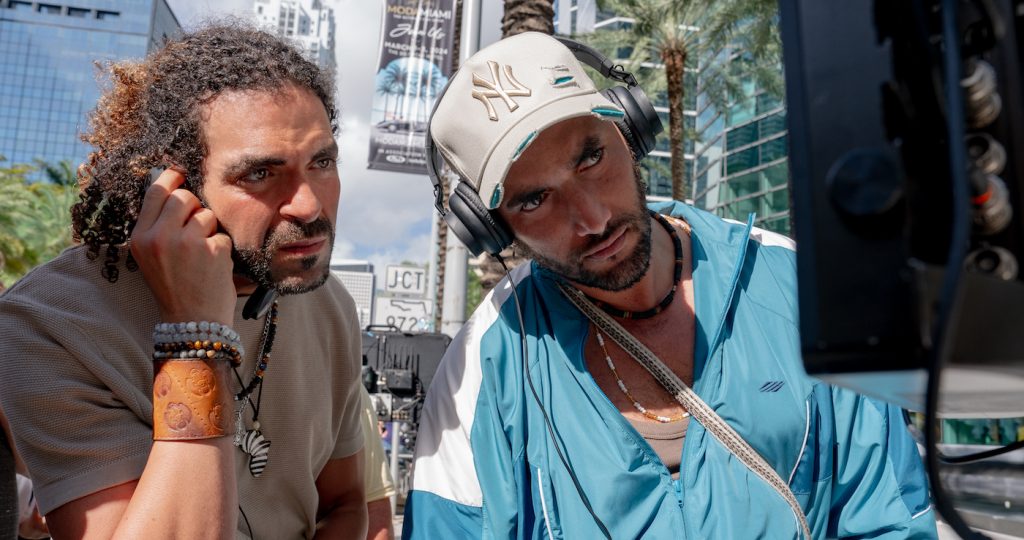
Martin Lawrence and Will Smith look like they’re having fun. What’s it like filming these guys?
It’s amazing watching them do their thing, especially with the comedy when they’re free-styling. Obviously, there is a script, but for every single take, they’ll come up with new lines or better lines or add a joke. We always have many cameras rolling simultaneously because once Will and Martin start free-styling, it might only happen once, so you’d better get it. That’s always a little stressful for me to make sure three, four, five, and six cameras are in the right position because you have to be ready and on edge when that spark of genius comedy comes to life.
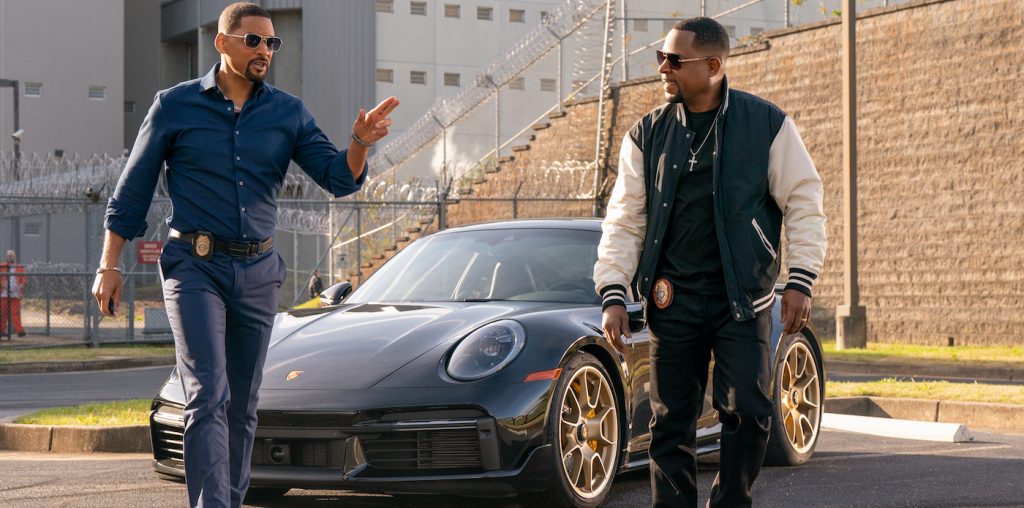
On the action front, what was your favorite Ride or Die scene to film?
The sequence I had the most fun shooting was the crashing helicopter. It’s a very contained set, almost like we were filming a mini-submarine movie. Making a big action piece in a tiny environment is really challenging, and you also have to keep that camera moving. We used a rig with a speed rail built into the ceiling that could transport the camera back and forth, allowing us to move the camera really fast from the back of the chopper to the front and vice versa.
People are flying all over the place!
We needed to capture the moment where the characters fall from back to front at twenty miles an hour and then the moment when the guy’s parachute is being sucked out of the chopper. Choreographing all that action in sync with special effects took a lot of storyboarding, meetings, and prep to tell the story beats in a clear way.
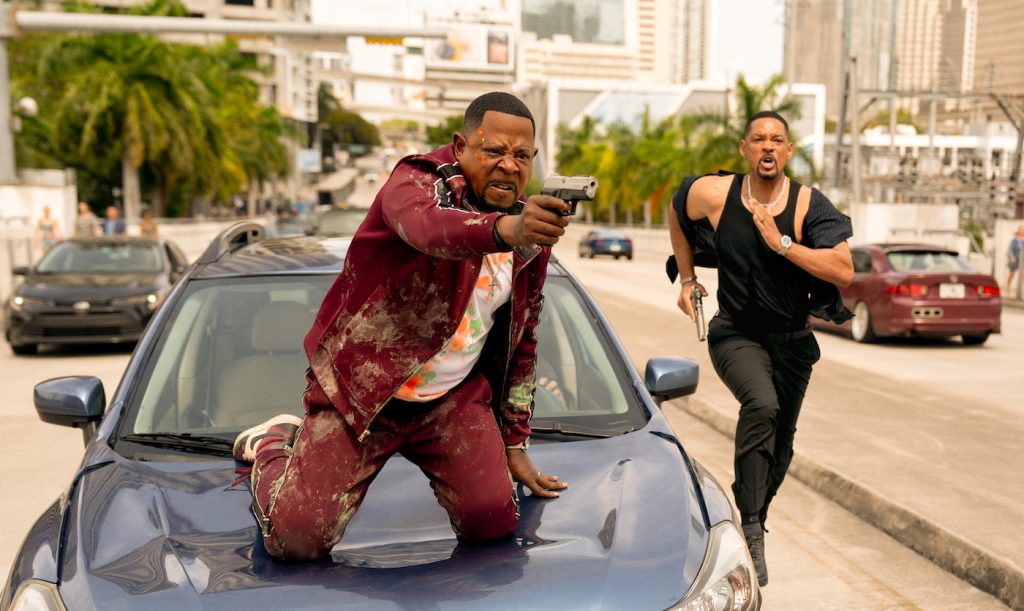
You also have to deal with that giant cage imprisoning Mike’s murderous son Armando (Jacob Scipio).
That cage weighs about half a ton, but we still needed to keep things energetic and keep the camera shaking like it would in a real crashing helicopter—or so I assume. I’ve never been in a crashing helicopter.
Helicopter crashes, shootouts, movie stars, Miami—for a kid from Belgium, does it sometimes feel a little surreal when you find yourself making a big Hollywood movie?
Any kid on the planet would think it’s surreal. Belgium is a small country that does not have a big film industry, so growing up there and now getting the chance to collaborate with the cream of the crop of the American film industry feels like a blessing.
Featured image: Will Smith and Martin Lawrence star in Columbia Pictures BAD BOYS: RIDE OR DIE. Photo by: Frank Masi



